Dinosaur Sighting: A Special Archaeopteryx 150th Anniversary Edition
A visit to Munich meant a pilgrimage to the paleontology museum
/https://tf-cmsv2-smithsonianmag-media.s3.amazonaws.com/filer/20110930120010Dinosaur-Tracking-fossilized-Archaeopteryx-1.jpg)
A dispatch from Smithsonian.com’s associate web editor Brian Wolly:
Earlier this month, I took an extended vacation overseas ostensibly for a friend’s wedding but also to explore continental Europe. The wedding date conveniently allowed me to be in Munich for the start of Oktoberfest, an overwhelming experience in and of itself that’s better left for another Smithsonian blog. But when I read in my guidebook that Munich had a paleontology museum, and a free one at that, I couldn’t pass up the chance to contribute to Dinosaur Tracking. Since Bavaria’s very own Archaeopteryx was named 150 years ago today, on September 30, 1861, here’s my account of the small but charming Paläontologisches Museum München.
Located on the campus of Ludwig Maximillian University, the museum has a quaint, meditative quality that outstrips its otherwise aged appearance. When I visited, high school art students were sketching the fossils of their choosing; had they not been there, I’d have been mostly on my own. All the captions were in German, understandably, so I was left with just my imagination to decipher the stories behind these dinosaurs and other fossils. Considering that most of what I know about dinosaurs I learned from Brian, I had a great time comparing notes from three years of producing the blog to the objects in front me. For instance, on the second floor was the museum’s shrine to Archaeopteryx, including a couple of model reconstructions and the Munich specimen, a subject that we’ve covered heavily in this space. The 150-million-year-old Archaeopteryx historically has been considered the direct ancestor of birds, a designation that is recently under dispute.
On a rainy Sunday afternoon, the museum was the perfect antidote for my Oktoberfest-addled brain. For more photos, check out the gallery and let us know in the comments what other great paleontology museums you’ve discovered on your vacations.
View our gallery of photos from the Munich Paelontology Museum here:
/https://tf-cmsv2-smithsonianmag-media.s3.amazonaws.com/accounts/headshot/brian.png)
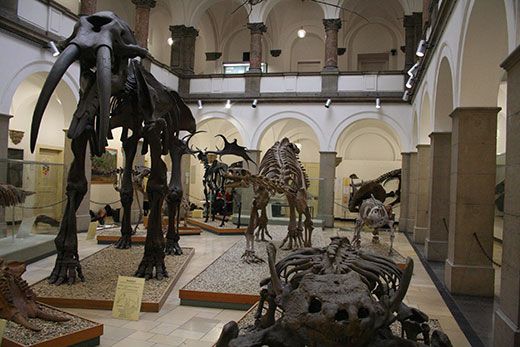


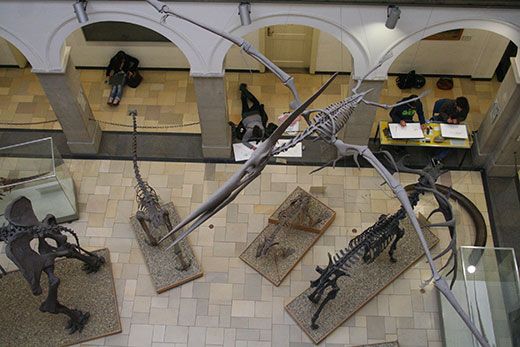
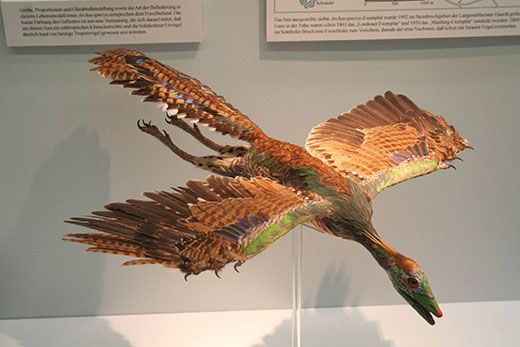

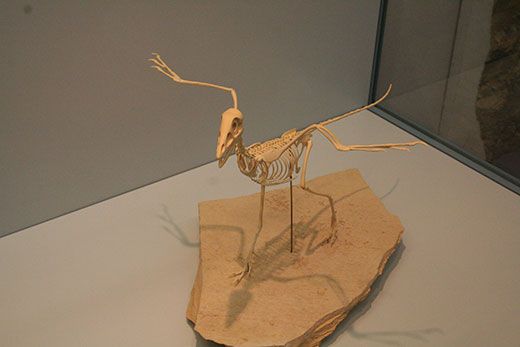
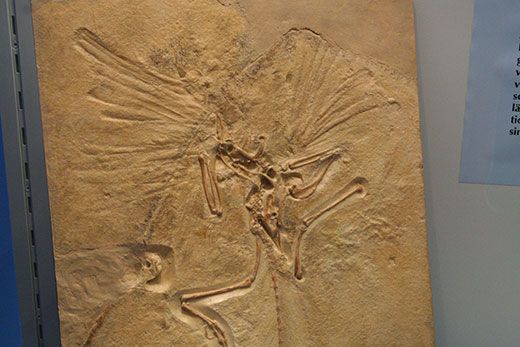
/https://tf-cmsv2-smithsonianmag-media.s3.amazonaws.com/accounts/headshot/brian.png)